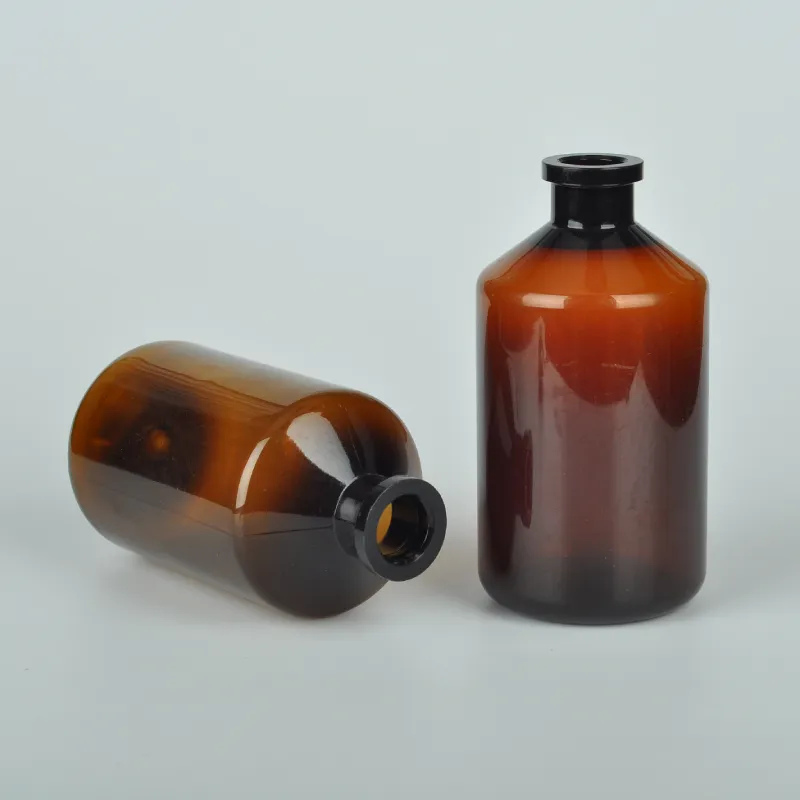Types of Sample Collection Tubes and Their Applications in Laboratory Settings
Understanding Sample Collection Tube Types A Comprehensive Overview
In the world of laboratory diagnostics and clinical testing, the importance of sample collection cannot be overstated. The integrity and quality of biological samples—be it blood, urine, or other biological fluids—are paramount for accurate testing results. One of the critical components in this process is the type of collection tube used. Different types of sample collection tubes serve various purposes, and understanding their functions is essential for both laboratory professionals and clinicians.
The Importance of Sample Collection Tubes
Sample collection tubes are designed to safely collect, transport, and store biological samples before they undergo testing. The right selection of tube can prevent contamination, preserve sample integrity, and can significantly affect the outcomes of diagnostic tests. Various factors such as the type of sample, the required tests, and the specifics of the laboratory protocols dictate the choice of collection tube.
Types of Sample Collection Tubes
1. EDTA Tubes Ethylenediaminetetraacetic acid (EDTA) tubes are used primarily for hematological tests. The EDTA acts as an anticoagulant, binding calcium ions and preventing blood coagulation. These tubes are typically lavender or purple in color and are essential for complete blood counts (CBC) and blood smears.
2. Citrate Tubes Citrate tubes, usually light blue, contain sodium citrate as an anticoagulant. They are commonly used for coagulation tests such as PT (Prothrombin Time) and APTT (Activated Partial Thromboplastin Time). Proper fill levels are critical with these tubes, as the ratio of blood to anticoagulant affects test accuracy.
3. Gel Separator Tubes These tubes have a gel barrier that separates serum from cells after centrifugation. They are often used for biochemical and serological assays. The tubes are typically gold or red and gray mottled in color. The gel promotes quick separation and helps maintain the integrity of the serum for longer periods.
sample collection tube types

4. Serum Tubes Serum collection tubes, which are usually red, do not contain any anticoagulants. They allow blood to clot before centrifugation, thus obtaining serum for analysis. These tubes are essential for a variety of tests, including hormone tests and certain biochemical tests.
5. Plasma Tubes These tubes come in various colors, depending on their additives, such as lithium heparin or sodium heparin. They are used to collect plasma for tests that require anticoagulated blood samples, such as certain toxicology tests or metabolic panels.
6. Urine Collection Cups While not tubes, urine collection containers are vital for collecting urine samples for analysis. They need to be sterile and designed to prevent contamination, often with a secure lid to avoid spillage during transport.
Considerations for Choosing Collection Tubes
Choosing the right type of collection tube goes beyond color coding. Clinicians and laboratory technicians must consider factors such as the type of state being tested, the patient's medical history, and laboratory guidelines. Following standard operating procedures (SOPs) to ensure the proper collection, handling, and storage is crucial to obtaining reliable results.
Conclusion
Sample collection tubes are integral to the accuracy and reliability of lab testing. By selecting the appropriate tube, healthcare providers can ensure that samples are collected and preserved correctly, facilitating accurate diagnostics. As technology evolves, so too do these tubes, with innovations aimed at improving sample handling and reducing the risk of contamination. Understanding the various types of collection tubes and their applications remains essential in fostering effective patient care and advancing medical science. Whether for routine blood tests or specialized assays, the significance of choosing the right sample collection tube cannot be overlooked.
-
Aesthetic Makeup Spray Bottles | Fine Mist Empty RefillableNewsAug.19,2025
-
White Plastic Veterinary Vaccine Vials | Lab Liquid BottlesNewsAug.18,2025
-
Plastic Medicine Liquid Bottle: Secure Flip Top Drug VialsNewsAug.17,2025
-
Durable 250ml Blue Plastic Vaccine Vial for Lab & Vet UseNewsAug.16,2025
-
Sterile Virus Sample Tubes: Secure & Reliable Specimen CollectionNewsAug.15,2025
-
White 250ml Plastic Vaccine Vial for Lab & Vet MedicineNewsAug.14,2025
























